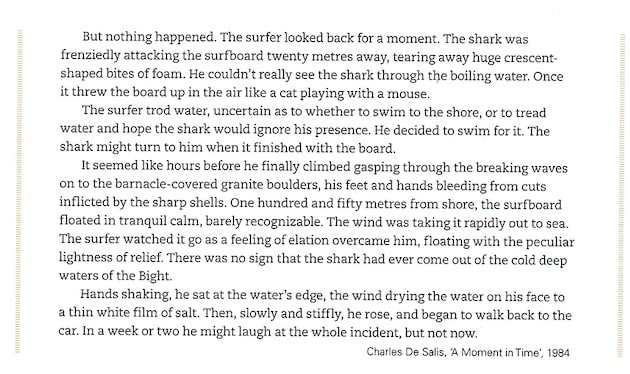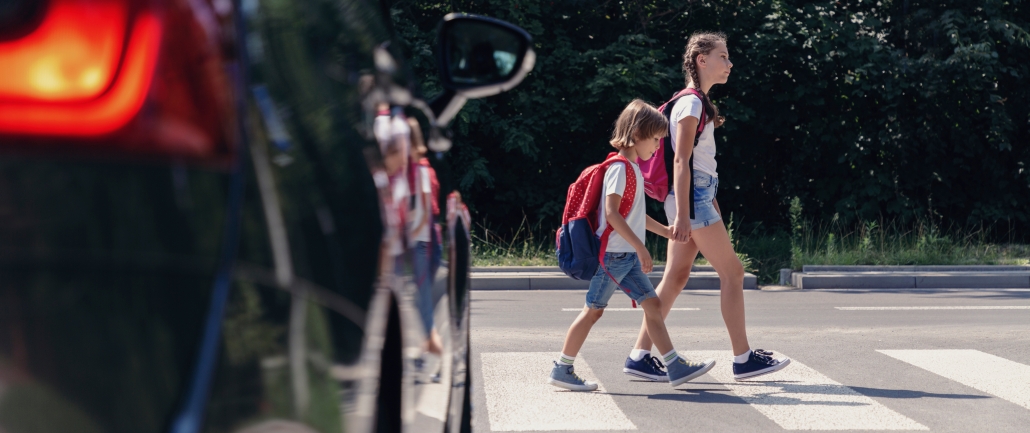

Admittedly, the list keeps growing, but so far I have been able to do everything on it that I have attempted. I was able to cross a number of items off my "Things I Might Not Be Able To Do" list. To some degree I am still living 2012's adventures, as they continue to resonate within. My mind is still metabolizing the experiences, breaking them down to the point where they can be assimilated and made a part of me. I am still processing my running adventures for the year. Guiterrez, J., Perez, E., Quilantang, L., Custodio, B.: Ergonomic design and assessment of footbridges for Filipino children and elderly (2017).Without indulging in hyperbole, I can honestly say 2012 was a fantastic year for me. Ramsay, M.: The effect of better street lighting on crime and fear: a review (1991). 5: Protecting the Filipino pedestrian, 24 October 2016. Accessed Aug 2018įotios, S., Unwin, J., Farrall, S.: Road lighting and pedestrian reassurance after dark: a review, January 2014. Accessed Aug 2018ĭava, B.: Metro Manila crime rate down, claims NCRPO chief. Karunungan, R.: Commuter Woes, 13 September 2014. Rey, A.: Down to 8 trains: how the MRT3 packs 260,000 commuters daily, August 2018.


Philippine Statistics Authority, “Housing Characteristics in the Philippines (Results of the 2015 Census of Population)”, 6 March 2018. Nonetheless, the need for lighting standardisation was addressed and possible steps for improvement of these vital facilities were recommended. Moreover, even a relatively little increase in lighting intensity was acknowledged and felt by the commuters since these overpasses did not have any proper light source especially at the middle. away from the light source) gave the best results in terms of security, visibility, and confidence. Within the parameters set by the researchers, a bulb with a luminous flux of 1,300 lx (measured 11 in. From the data gathered, the results showed that these overpasses did not have proper lighting causing the commuters to lack visibility, security, and confidence. These overpasses are frequented by commuters for they are surrounded by different establishments and institutions such as hospitals, churches, malls, and universities. The overpasses that were put into focus for the evaluation and data gathering for the on-site survey were three (3) of those in Commonwealth Avenue, Quezon City. To address these issues, surveys regarding their perception and lighting preferences were gathered both online and on-site. Moreover, pedestrian facilities such as pedestrian overpasses are deemed to have poor lighting at night - making these places unsafe to the eyes of the commuters. The Philippines, particularly Metro Manila, is not the safest place to experience commuting for various crimes related to theft and robbery are not uncommon. Moreover, good visibility prevents accidents in these areas especially at night. For these reasons, it was necessary to address the concerns of the pedestrians, to come up with an appropriate lighting standard, and to make design recommendations.Īdequate lighting in pedestrian facilities are important for they give a sense of safety and security to the people traversing them. These problems become more prevalent at night because of the poor lighting conditions experienced in these overpasses. However, concerns about design, safety, and security of these overpasses are being raised. The pedestrian overpasses in Metro Manila, Philippines are often taken by commuters especially during rush hours to go to places.


 0 kommentar(er)
0 kommentar(er)
